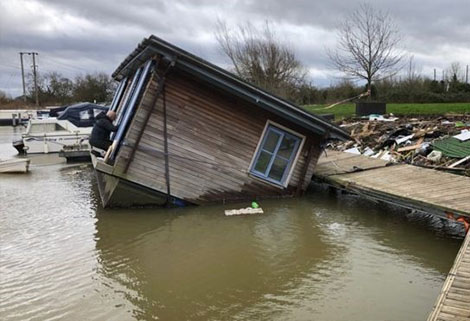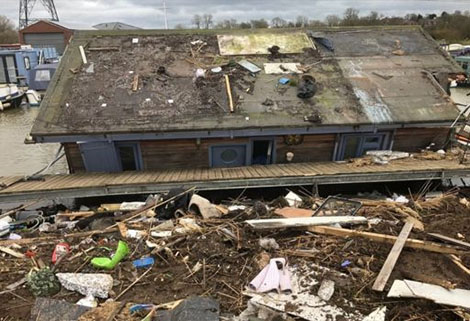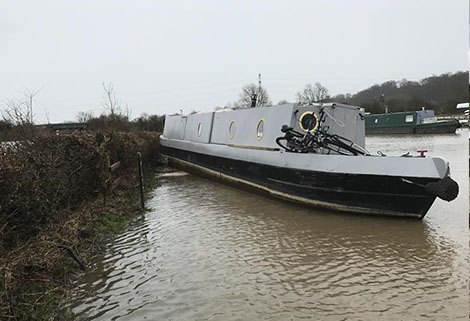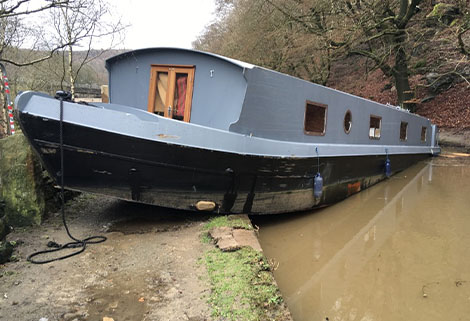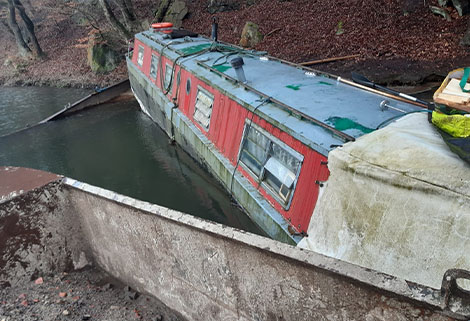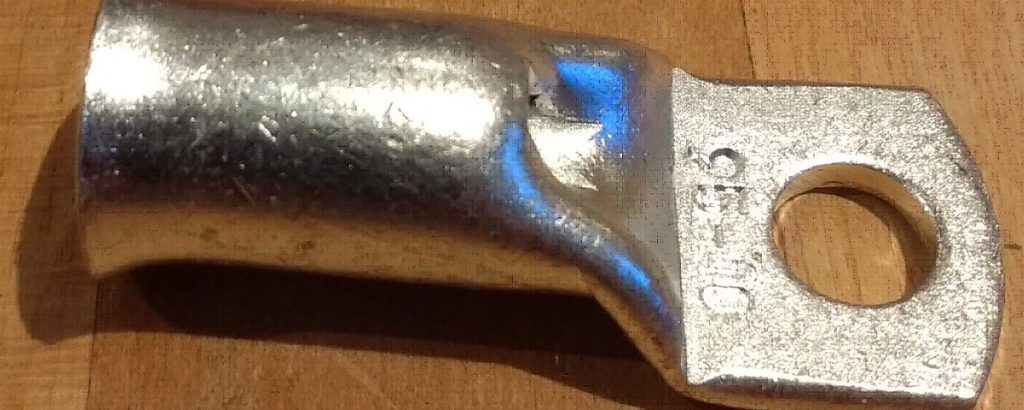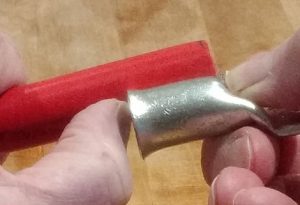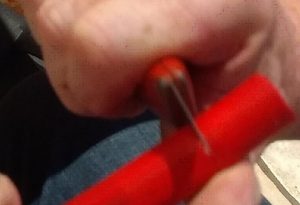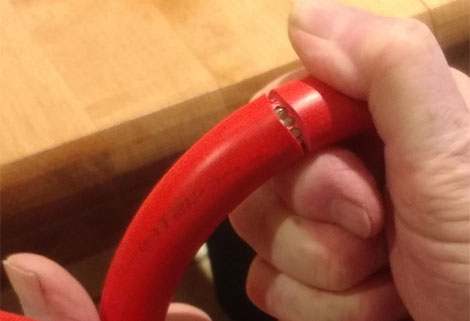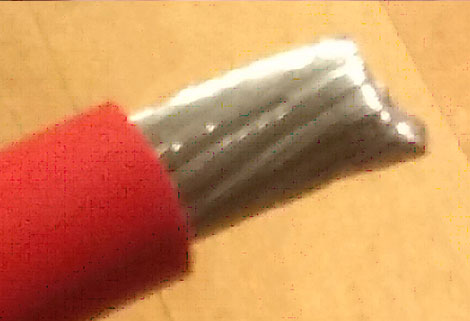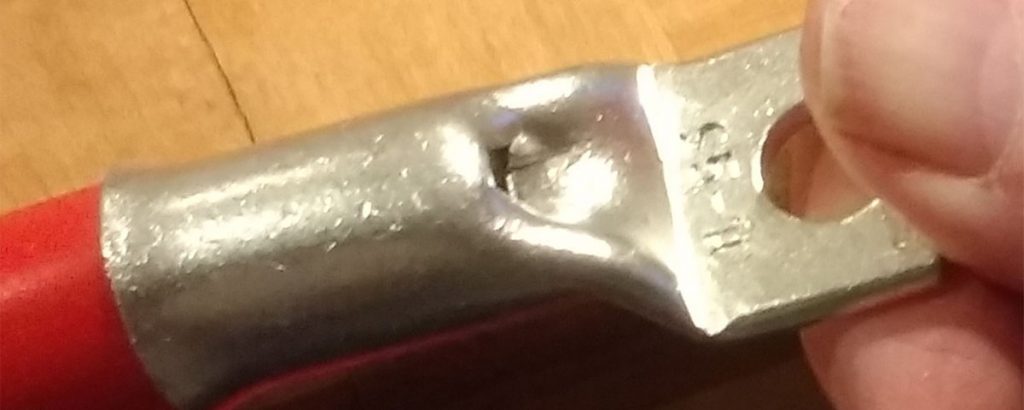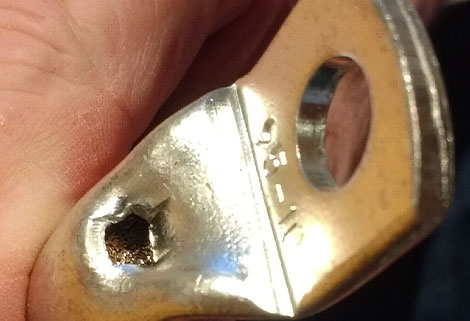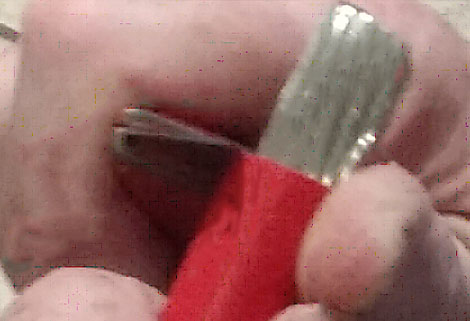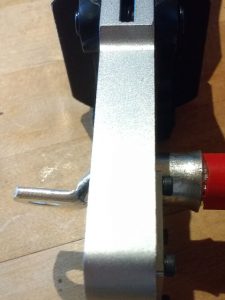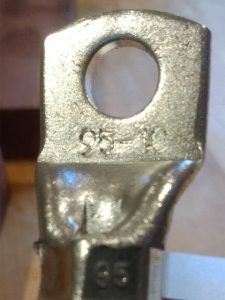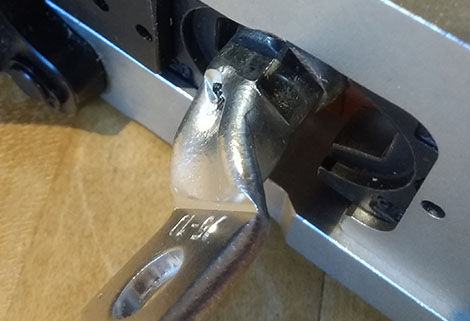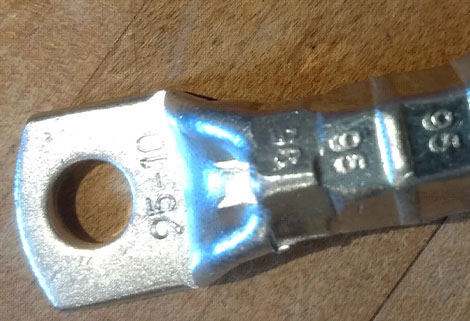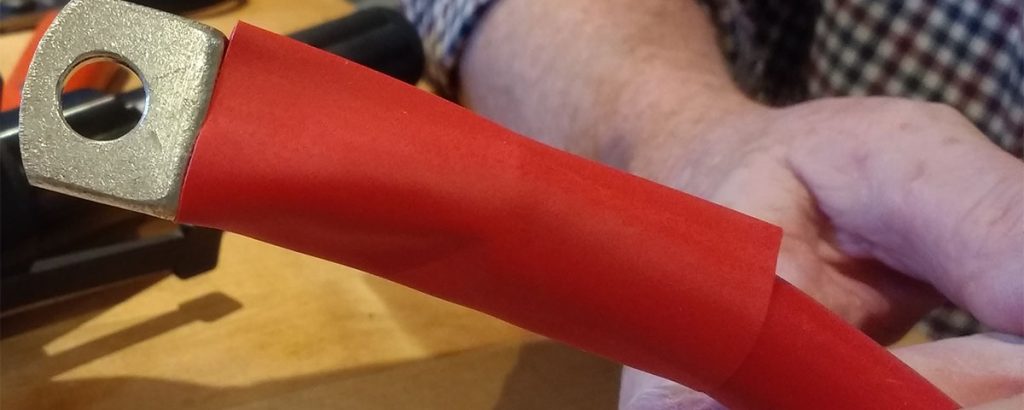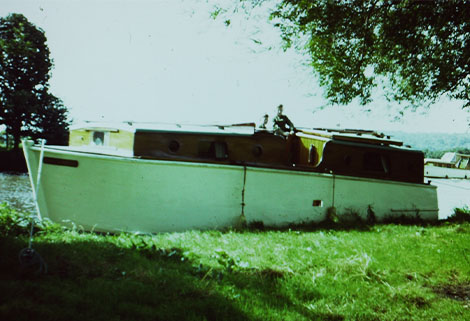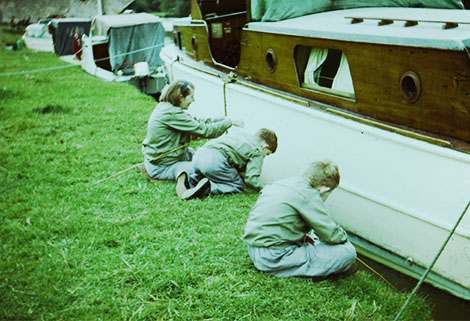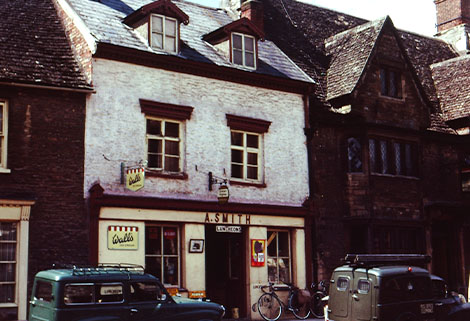aqueduct marina
returning to work
After a company decision for some of the team to return to work Aqueduct Marina’s Marina and Operations Director Phil Langley outlines what the executive team has experienced to get to this point and what the future looks like for the marina.
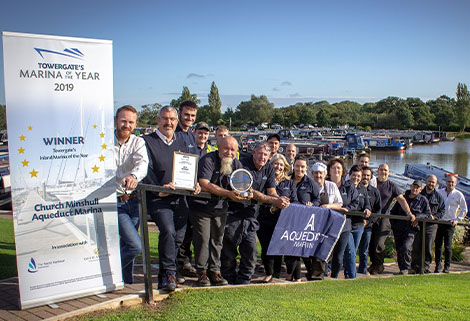
Following the government lockdown announcement, we split our engineering operation into two teams working on a rota basis to protect staff and reduce the risk of spreading COVID 19. This, along with strict social distancing rules, worked very well but after a week it became apparent that the supply chain issues meant we could not continue to operate. Working with an already reduced team due to some staff having to self-isolate we then made the difficult decision to furlough the remaining engineering team.
We looked at our engineering schedule to assess the workload and what was deliverable, we also then took into account employees personal situations and risk assessed who were higher and lower risk. The main reason we have chosen three team members to return at this time is because this number allows us to safely monitor and implement safe systems of work on a manageable scale. We also wanted to do as much as we could for one particular staff member who only started working for us the week of the lockdown and did not qualify for furlough so has been unable to earn for the last three weeks.
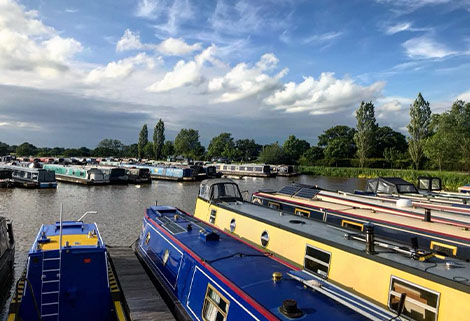 Staff who are placed onto the governments furlough scheme have to be furloughed for a minimum of three weeks and we always planned to use this time to take stock and risk assess our operation in order to get staff back to work as soon as safely possible, which is what we are now doing.
Staff who are placed onto the governments furlough scheme have to be furloughed for a minimum of three weeks and we always planned to use this time to take stock and risk assess our operation in order to get staff back to work as soon as safely possible, which is what we are now doing.
Now strict social distancing rules have been put in place and the engineers will be working alone. We have also closed all shared areas such as the engineers welfare building (brew room). And staff are to bring their own food and drinks which is to be consumed in isolation.
We have new specific COVID-19 related risk assessments which has helped to reduce the risk for staff. All the engineers have their own sets of PPE which as per normal rules isn’t to be shared and they have all been given hand sanitiser to use and carry around with them. Staff have been asked to wash their hands more regularly and government hand washing advice posters have been put up in the toilets. Disinfectant spray is also supplied to clean door handles etc across the site and staff are encouraged to use this.
 We are extremely fortunate to have a fantastic team at the marina and all the staff have been very understanding during these times. The engineers are indeed pleased to be back at work and back to some form of normality during these uncertain times. As a leisure business we have qualified for a full rates relief, Cheshire East were very quick to implement our application. The furlough scheme was easy to apply for and paid out promptly, the bank was responsive to our request to put the loan repayments to interest only for three months.
We are extremely fortunate to have a fantastic team at the marina and all the staff have been very understanding during these times. The engineers are indeed pleased to be back at work and back to some form of normality during these uncertain times. As a leisure business we have qualified for a full rates relief, Cheshire East were very quick to implement our application. The furlough scheme was easy to apply for and paid out promptly, the bank was responsive to our request to put the loan repayments to interest only for three months.
We will continue to monitor the current working group and then look to safely introduce more staff members back into work. We aim to work on a 12-18 months plan that enables the marina to operate as we move into what will be a different environment in the future. Each area of the business mooring, caravan site, café, chandlery, brokerage and boat repairs will all have different obstacles to overcome. We understand that there will be challenges ahead and will continue to follow government advice as well as seeking support from trade bodies such as British Marine in order to first and foremost ensure a safe environment for staff and customers.

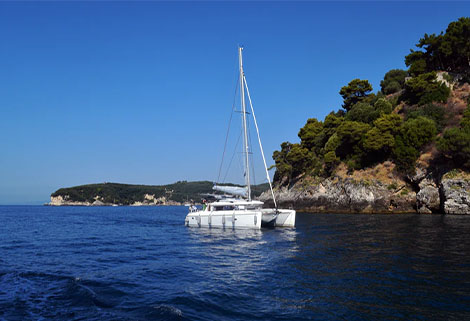 1. Take extra care to access their craft safely and in accordance with government guidance on travel and social distancing
1. Take extra care to access their craft safely and in accordance with government guidance on travel and social distancing
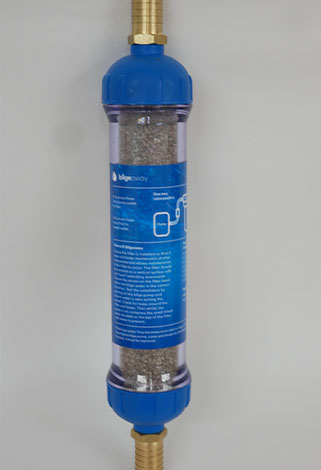 River Canal Rescue (RCR) has extended its range of Bilgeaway filters with the addition of a new smaller midi filter, suitable for boat owners who have little or no bilge pollution, but want peace of mind they will not pollute the waterways if anything does happen.
River Canal Rescue (RCR) has extended its range of Bilgeaway filters with the addition of a new smaller midi filter, suitable for boat owners who have little or no bilge pollution, but want peace of mind they will not pollute the waterways if anything does happen.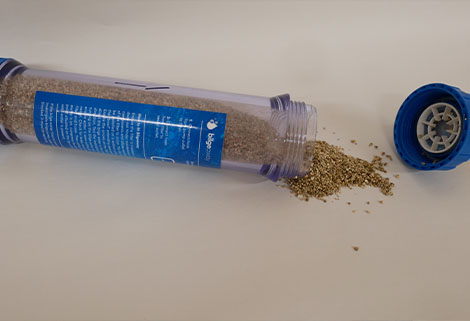
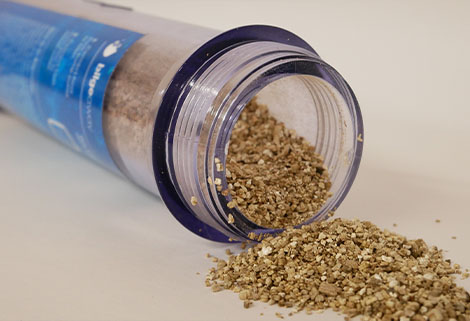
 RCR attends, on average, around 24 call-outs a month which it logs as ‘environmental near misses’ or pollution incidents, where fuel, oil, coolant and antifreeze has leaked into bilges caused by cracked filter pipes or there are spills into the engine bay, battery acid spillage and contaminated bilges.
RCR attends, on average, around 24 call-outs a month which it logs as ‘environmental near misses’ or pollution incidents, where fuel, oil, coolant and antifreeze has leaked into bilges caused by cracked filter pipes or there are spills into the engine bay, battery acid spillage and contaminated bilges.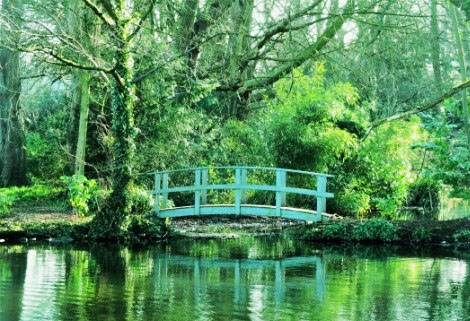
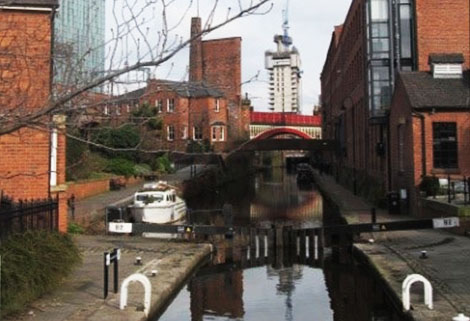
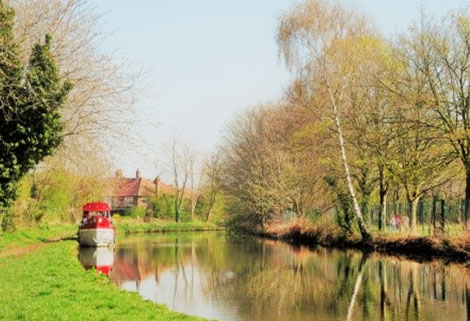
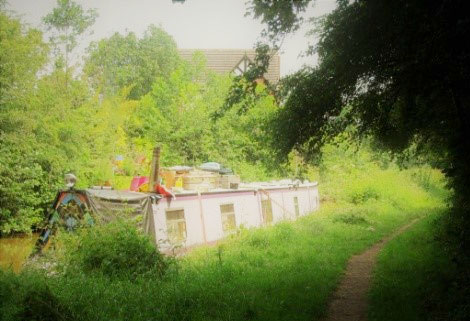
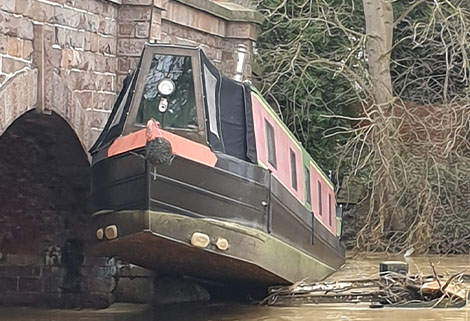 The vessel was left in a precarious position, with the bow in the air and stern in the water, see-sawing on the barrier. A refloat could not be undertaken until flood waters receded, however as levels quickly went down, the barriers gave way, resulting in the vessel capsizing and becoming trapped between the bridge pillars and the barrier pole.
The vessel was left in a precarious position, with the bow in the air and stern in the water, see-sawing on the barrier. A refloat could not be undertaken until flood waters receded, however as levels quickly went down, the barriers gave way, resulting in the vessel capsizing and becoming trapped between the bridge pillars and the barrier pole. Given the extreme weight of the boat, RCR is using four winches with a total of 20-ton capacity to pull it away from the bridge. Stephanie continues: “This ‘pulling power’ will be attached to plant machinery and we’re removing a fence in the field opposite to get access to the location without causing too much damage to the meadow.”
Given the extreme weight of the boat, RCR is using four winches with a total of 20-ton capacity to pull it away from the bridge. Stephanie continues: “This ‘pulling power’ will be attached to plant machinery and we’re removing a fence in the field opposite to get access to the location without causing too much damage to the meadow.”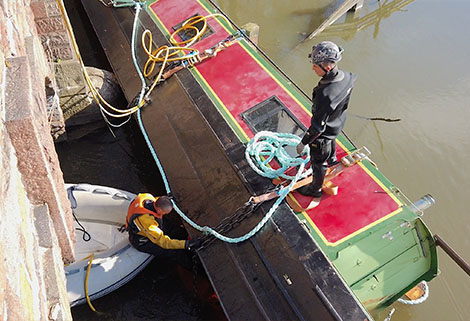





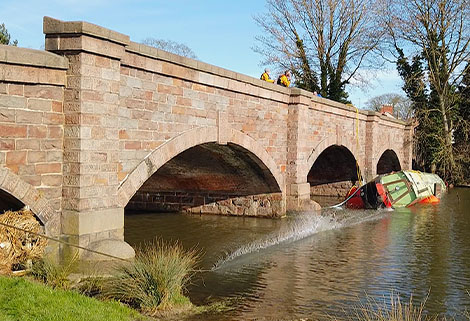
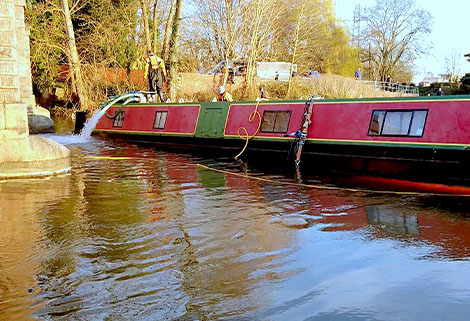
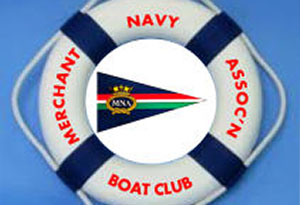 On behalf of the MNA Boat Club I’m delighted to announce the publication of the leaflet (transcribed below) outlining the partnership between the MNA Boat Club and the Royal National Lifeboat Institution (RNLI) to promote the RNLI’s “Respect the Water” campaign to reduce the number of drownings around the coast and especially on our inland waterways.
On behalf of the MNA Boat Club I’m delighted to announce the publication of the leaflet (transcribed below) outlining the partnership between the MNA Boat Club and the Royal National Lifeboat Institution (RNLI) to promote the RNLI’s “Respect the Water” campaign to reduce the number of drownings around the coast and especially on our inland waterways.
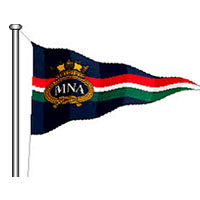
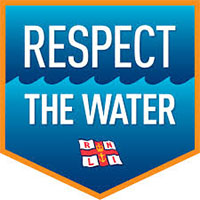
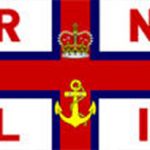
 CLive Edwards, Commodore MNA Boat CLub:
CLive Edwards, Commodore MNA Boat CLub: 